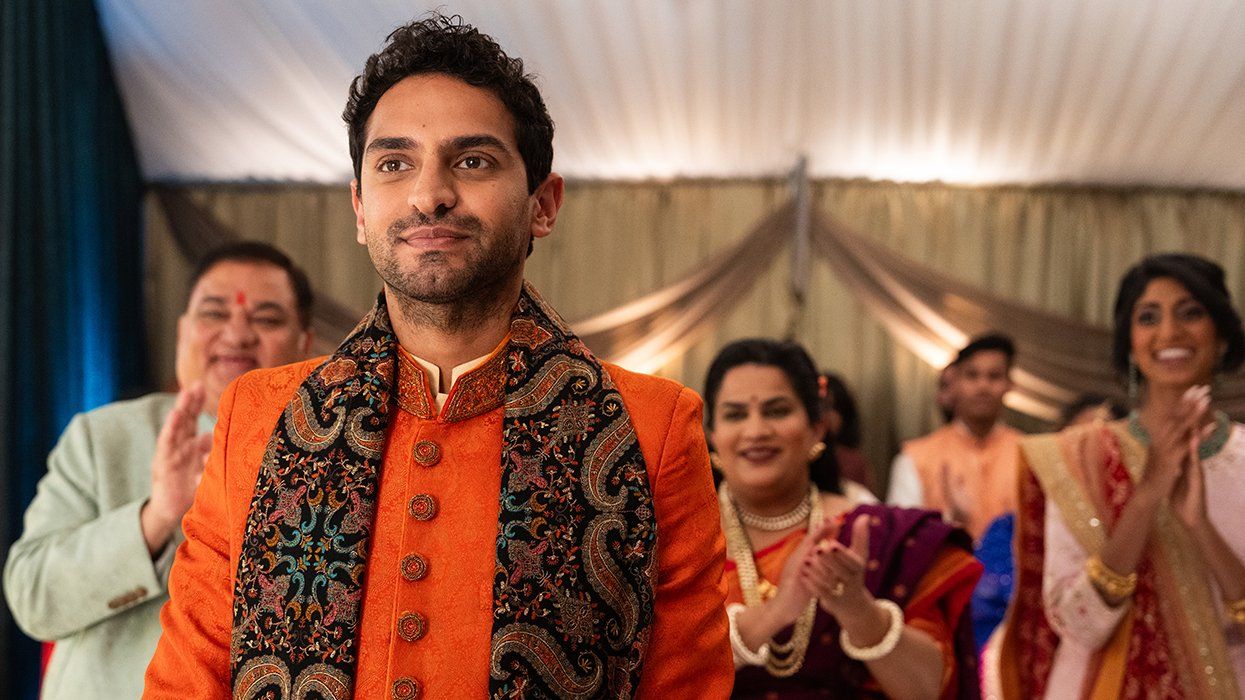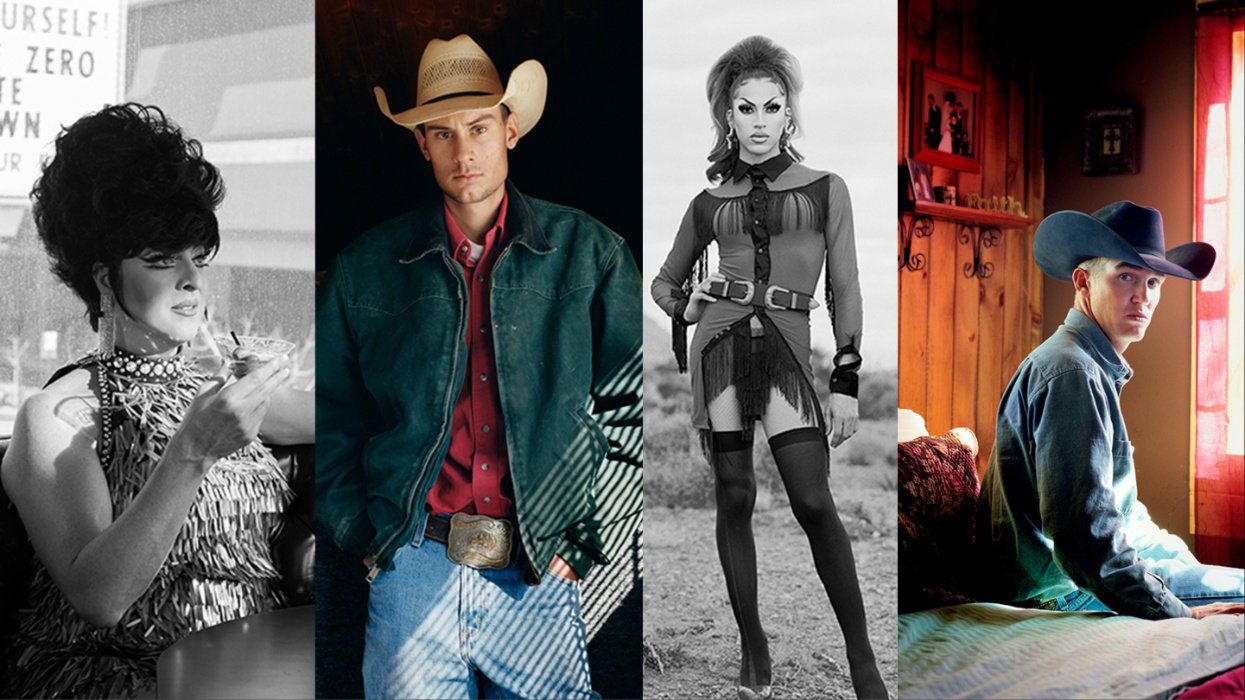CONTACTAbout UsCAREER OPPORTUNITIESADVERTISE WITH USPRIVACY POLICYPRIVACY PREFERENCESTERMS OF USELEGAL NOTICE
© 2025 Equal Entertainment LLC.
All Rights reserved
All Rights reserved
Scroll To Top














By continuing to use our site, you agree to our Private Policy and Terms of Use.
Ken Moody and Robert Sherman, 1984
Randy Barbato and Fenton Bailey’s new documentary, Mapplethorpe: Look at the Pictures, is an unflinching look at Robert Mapplethorpe’s artistic life, which mirrors his unflinching images of nude bodybuilders, close-ups of erections, and objects inserted into bodily orifices. Mapplethorpe went into the dark, unlit recesses of consensual gay sex and coaxed it into the camera’s view. To wit, Mapplethorpe’s Self Portrait (1978), in which he wears leather chaps and a vest and stands crouched and curled, so that his face and buttocks both face the camera; a bullwhip handle has been inserted into his rectum. In an era before a handheld Internet, his images rocked multiple worlds: art, sex, and politics, to name a few.
Those only familiar with his more provocative and demanding works may be startled to see that he was also obsessed with still lifes — statuary, serene lilies — and portraits. His contemporaries, family, and celebrity subjects (Debbie Harry, Patti Smith, Fran Lebowitz) parse his personal and artistic appetites (sex, cocaine, perfection) in interviews, which are bookended by the conservative crusade against his work by U.S. Sen. Jesse Helms. Did Mapplethorpe’s flowering as an artist coincide with an increasingly conservative notion of acceptable art, or did he cause a backlash?
The film is a reminder of Mapplethorpe’s legacy as a groundbreaking artist — and of his wide shadow of influence on subsequent generations of photographers.
Mapplethorpe: Look at the Pictures premieres on HBO on April 4, 2016.
Above photo: Robert Mapplethorpe Foundation/Courtesy of HBO

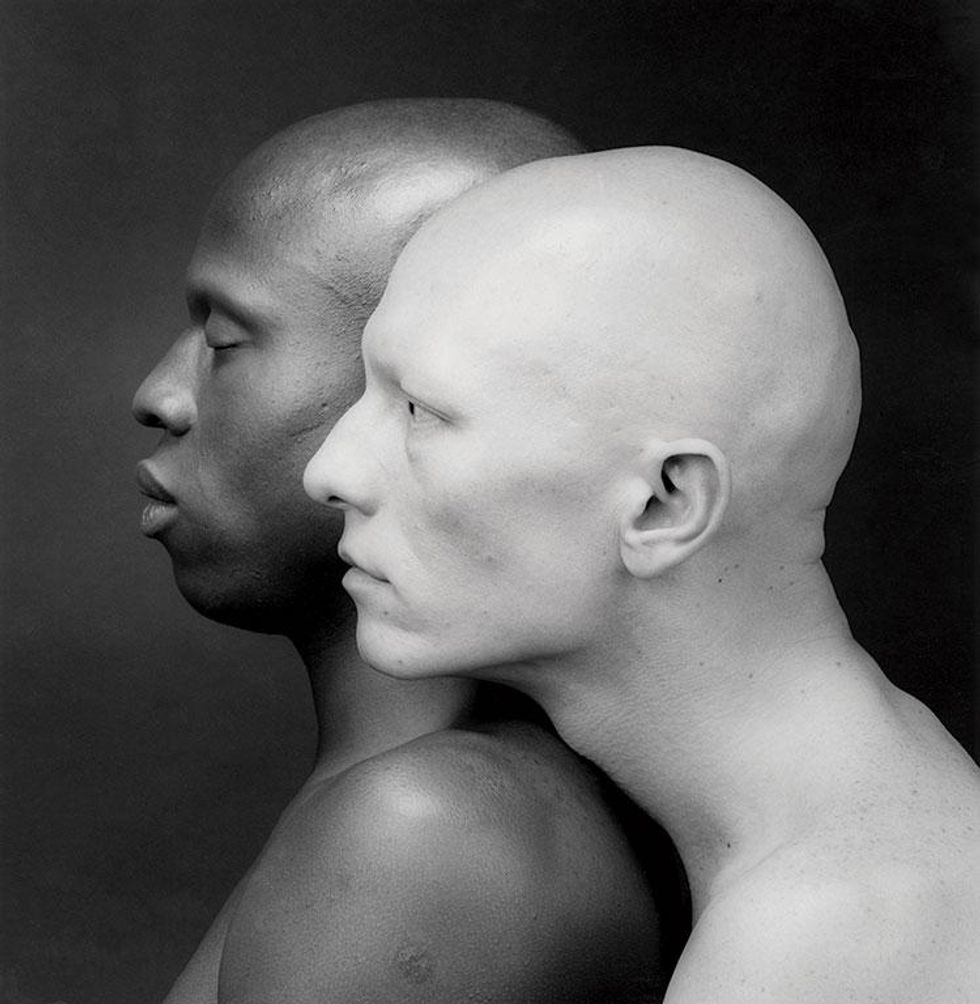
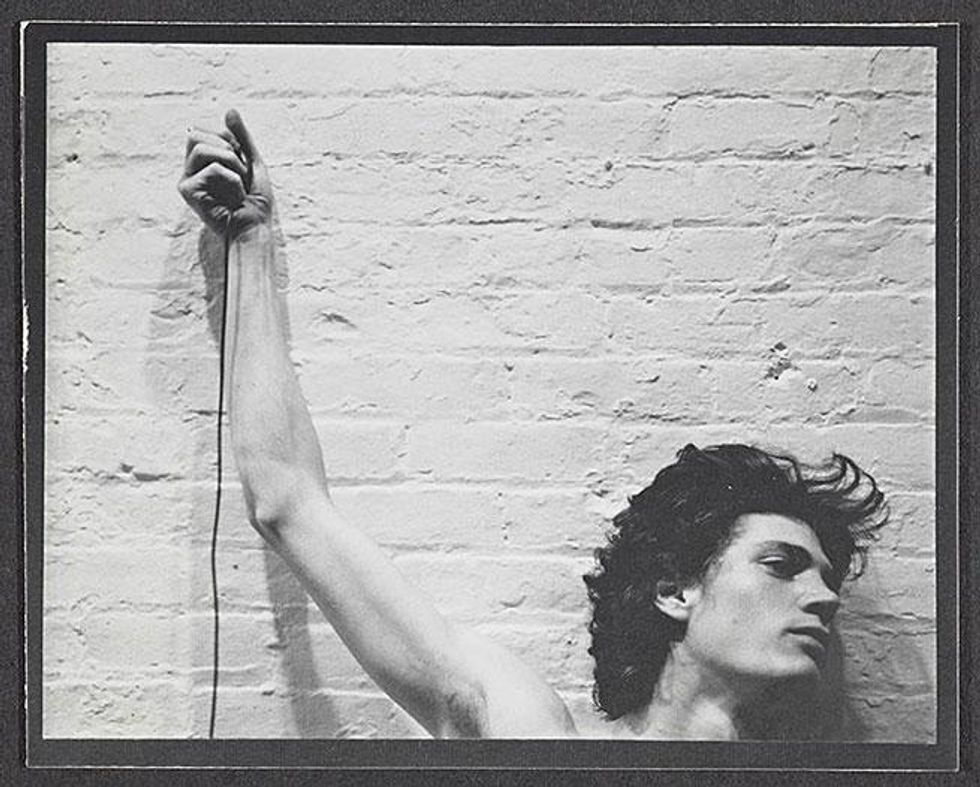
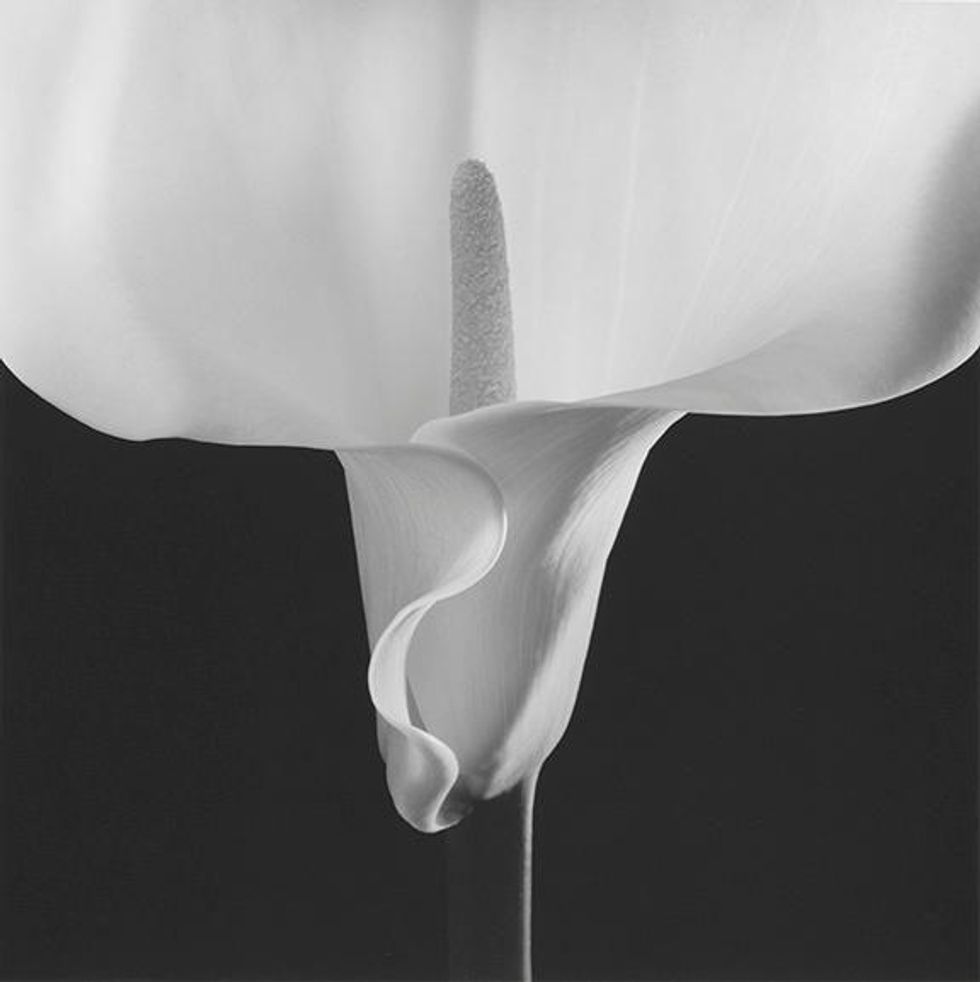
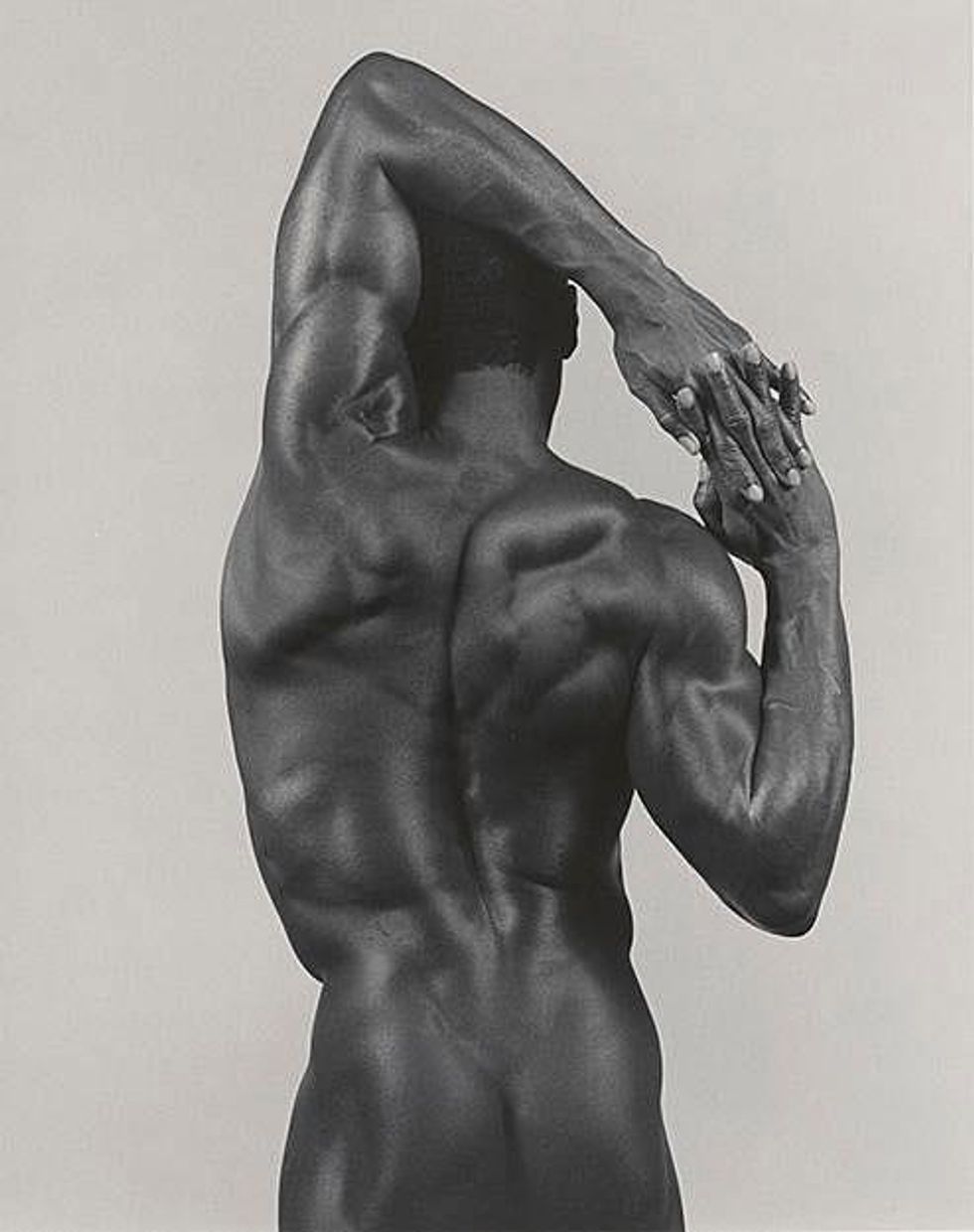
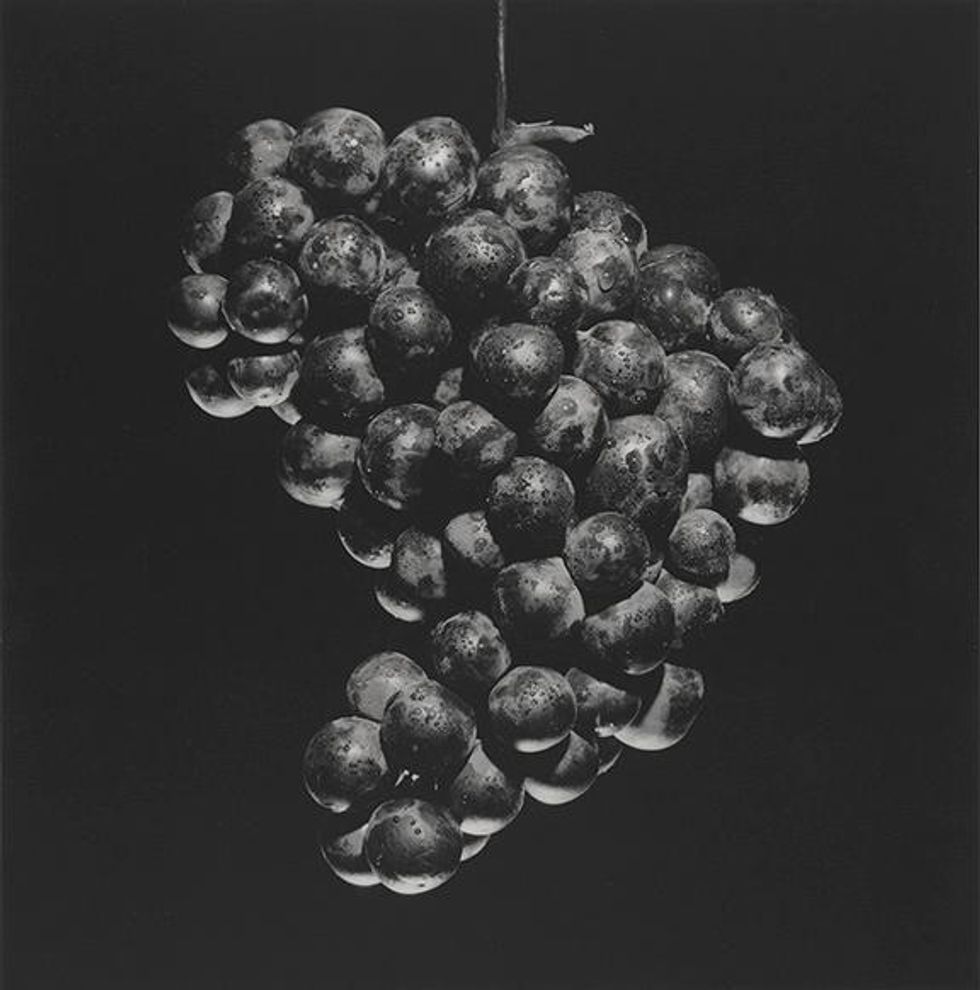
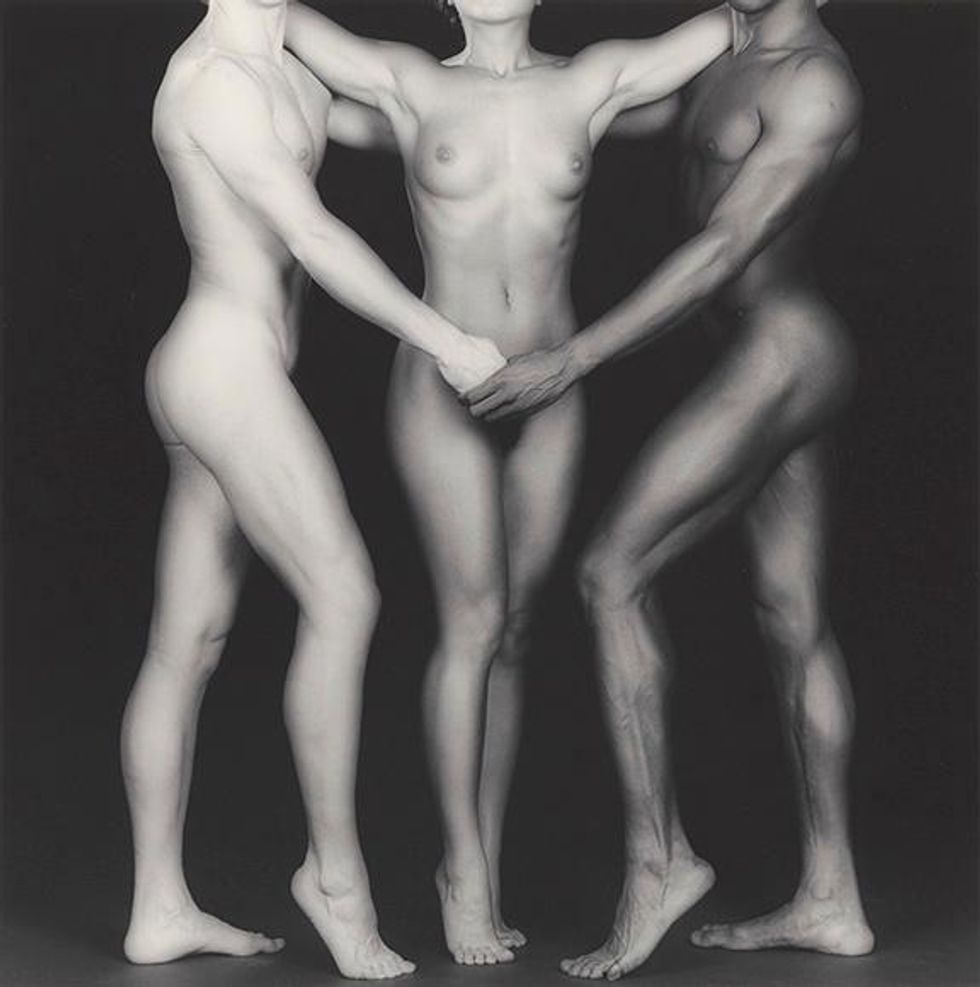
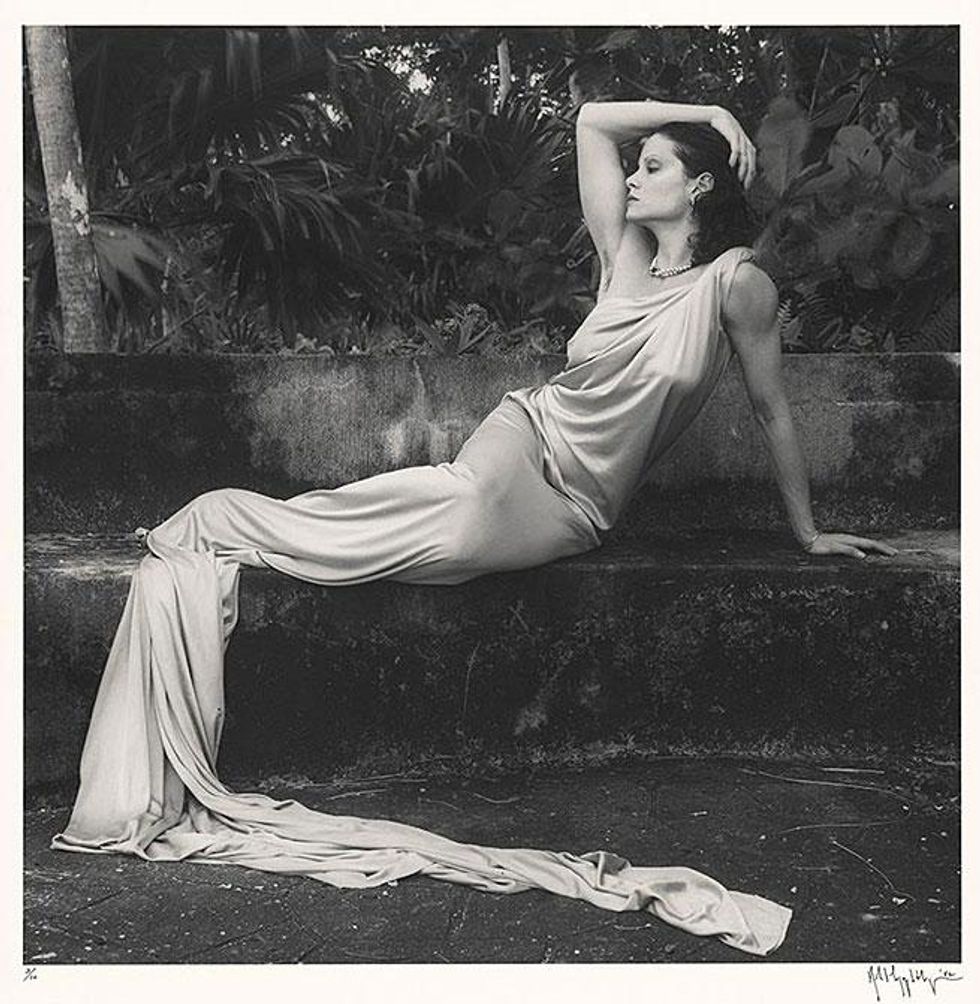
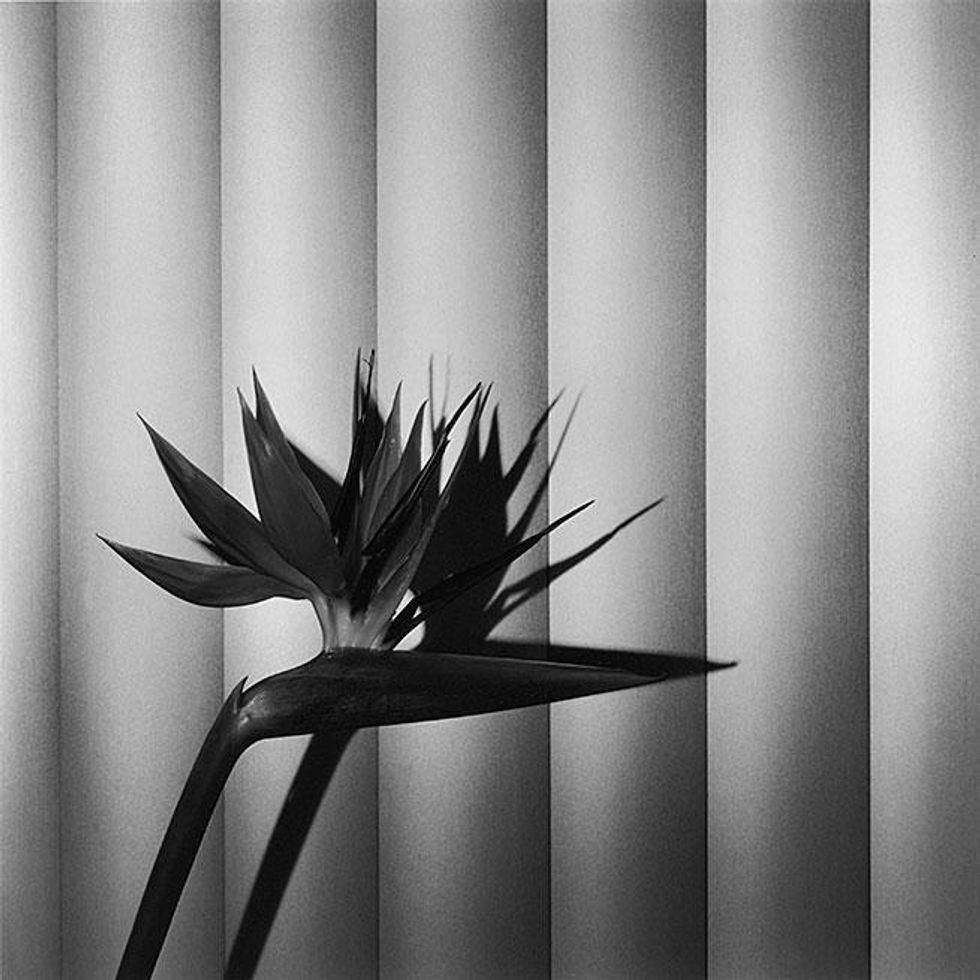
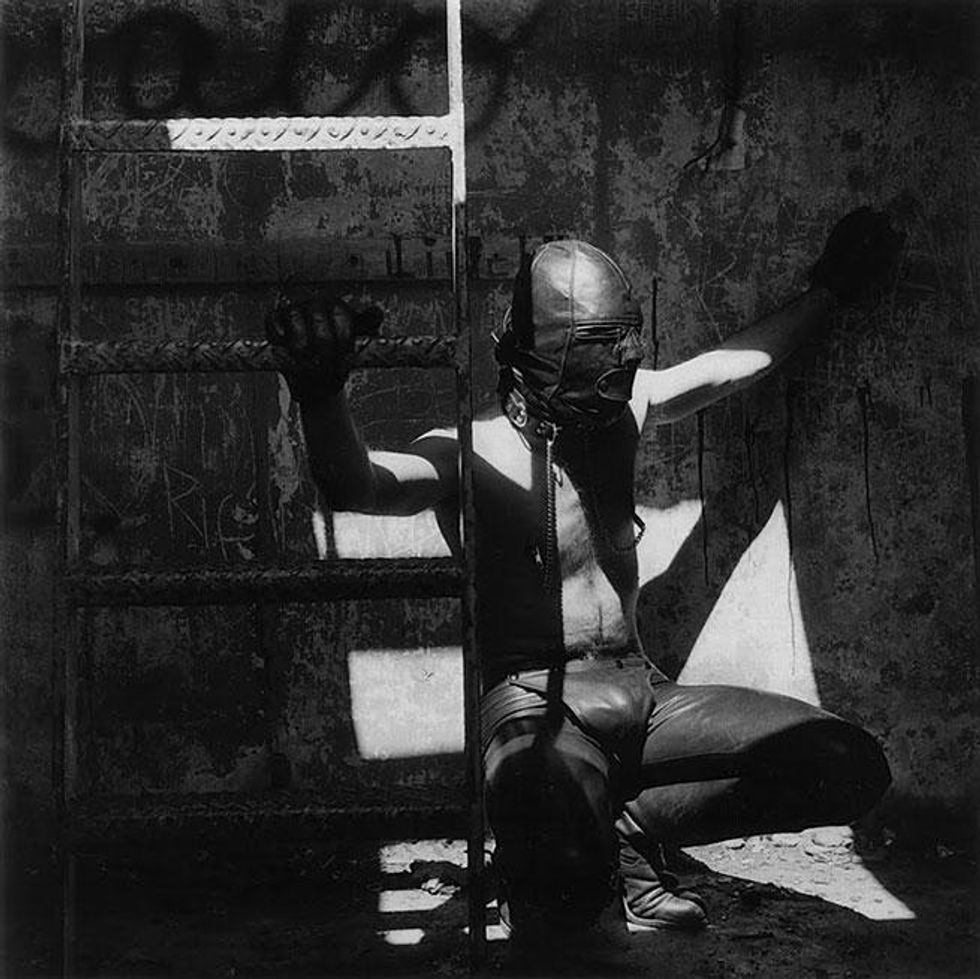
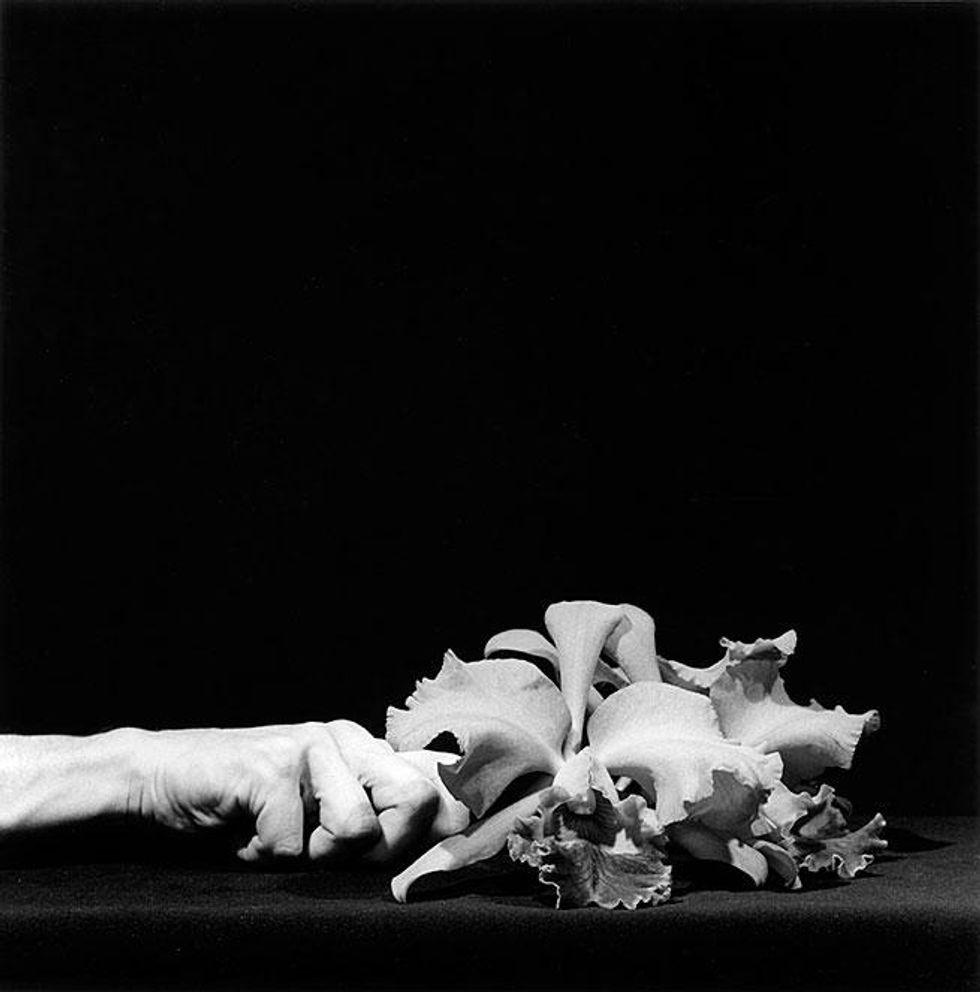
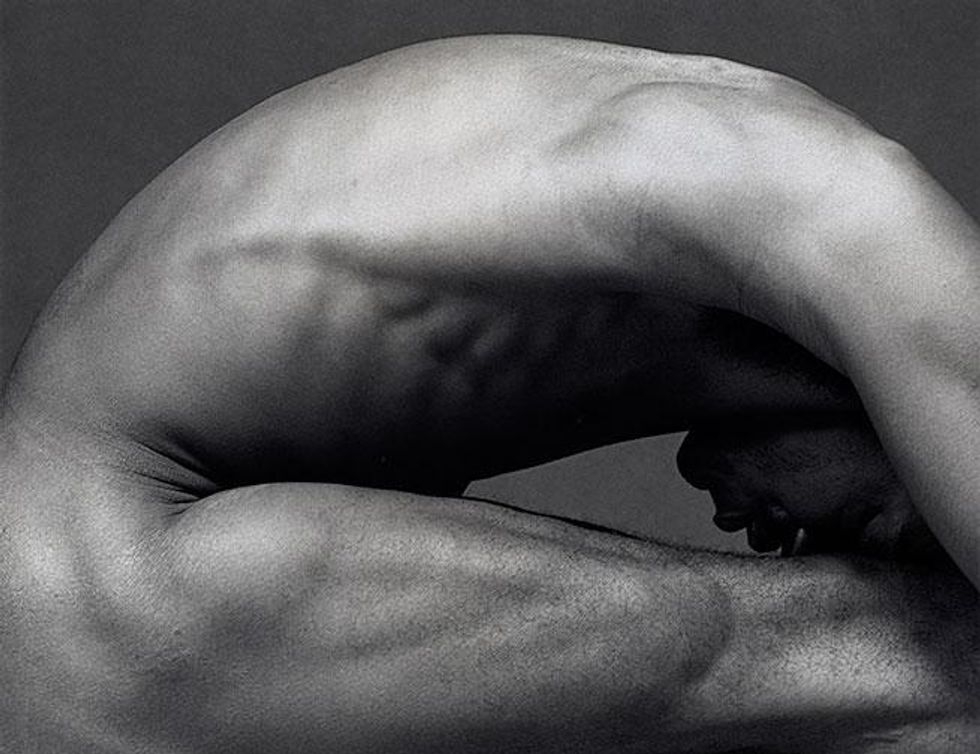
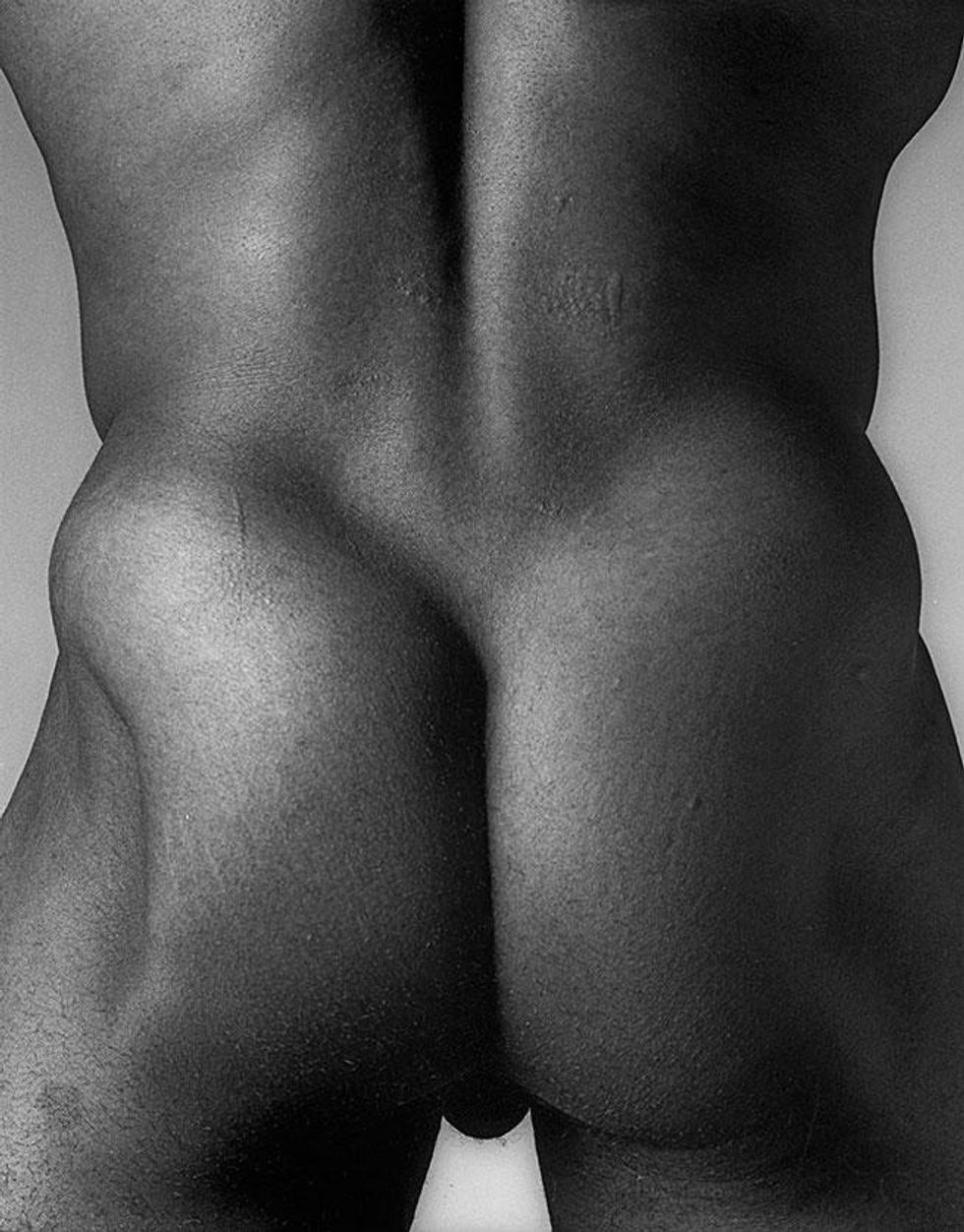
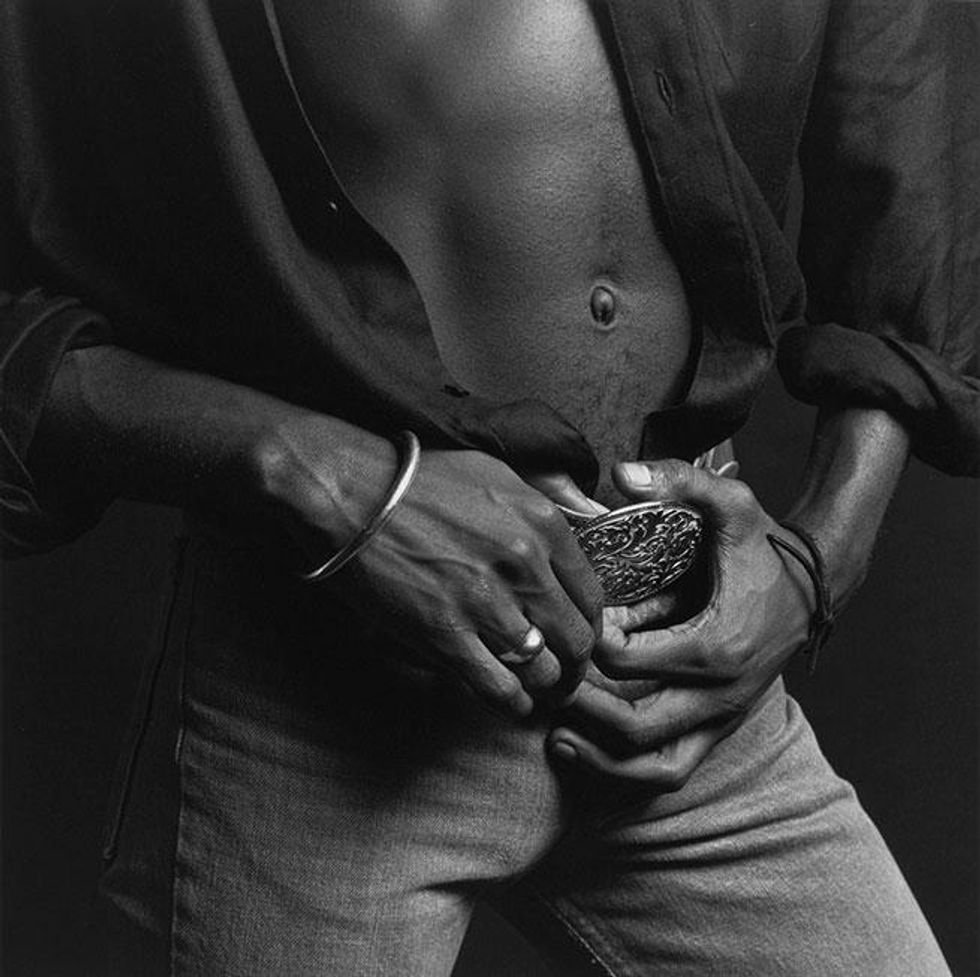

 Replay Gallery
Replay Gallery 
